From Ohio University News
Ohio University hosts “Settling Ohio: First Nations and Beyond,” a conference highlighting the events and actions that shaped the State of Ohio, on Friday, Feb. 21, and Saturday, Feb. 22, at Baker University Center on the Athens campus.
The conference includes presentations by historians and scholars, including the Chief of the Eastern Shawnee Nation. The event is free and open to the public.
The two-day conference organized by Dr. Brian Schoen, Associate Professor of History at Ohio University, and Dr. Tim Anderson, Associate Professor of Geography, will look at the many ways Ohio was shaped by its first settlers, including how they built the state’s government, economy, agriculture and homes. It begins with a pre-conference conversation, “Preserving American History in Southeast Ohio,” at the Southeast Ohio History Center and continues with talks by several historians and experts from across the nation, including OHIO professors Schoen, Anderson and Dr. Joseph Gingerich, Assistant Professor of Anthropology.
“The oldest university in the state is the perfect place to explore the early settlement of Ohio, a topic that has garnered recent national attention,” Schoen said. “We have assembled some of the best minds and speakers to Athens to do this,” Schoen continued, “and hope the public walks away with a sense of the diverse and dynamic processes that created this state, and left a lasting legacy for us today.”
Schoen will provide introductory remarks, with Gingerich following with a presentation on Ohio’s first people and the rise of the first settled villages. He will discuss the arrival of the first people in the Ohio Valley and how settlers eventually became more sedentary, where they domesticated some of the crops in eastern North America, leading them to become one of the only nine independent domestication events in the world.
Later in the conference, Anderson will talk about selective migration and the production of Ohio’s regional cultural landscapes. He’ll explain how during the state’s early, formative era of settlement, migrants from a variety of locations funneled into separate regions in Ohio, with each group bringing various characteristic values, ideals, and traditions.
“We see every day the influence other cultures have on our society, but how often do we think about the cultural influences that established our specific region?” Anderson wondered. “Historical and contemporary cultural landscapes reflect the legacy of the first settlers in Ohio, resulting in distinct regional cultural landscapes throughout the state.”
In Friday evening’s keynote, Anna-Lisa Cox will explore the often-hidden history of black settlement into an early frontier of freedom. Amongst the conference’s many highlights. Dr. William Kerrigan will use the figure and legend of Johnny Appleseed to examine the cultural practices common in the Old Northwest. Dr. Adam Nelson will provide a talk about how early Ohioans thought and argued over Public Education and its place within the Republic.
The conference will conclude with a keynote address by Chief Glenna J. Wallace, the first women elected as the Chief of the Eastern Shawnee Tribe, presenting on how to balance history and legacy. She will discuss how historical events that occurred over 200 years ago continue to affect our memory, perspectives, and values.
The conference will also feature the following presenters: John Bickers, Ann Fidler, Kim M. Gruenwald, Jessica Choppin Roney, Cam Shriver, and two OHIO Alumni, Joseph Ross and Bill Hunter.
Ross earned an M.A. in History in 2018 from the College of Arts & Sciences at Ohio University. He is now the Kinder Institute on Constitutional Democracy’s inaugural Ph.D. Fellow in Political History at the University of Missouri, where his research focuses on the imperial similarities and distinctions between Great Britain and the United States in the trans-Appalachian West, as well as the effects empire had on political development and Native American relations in the western territories.
Hunter earned an M.A. in Geography in 1998 from the College of Arts & Sciences at Ohio University. He serves as the Cuyahoga Valley National Park planner and environmental coordinator, drawing on his professional, academic, personal and volunteer experience to preserve and protect the park’s important natural and cultural resources. An expert on the National Historic Preservation Act and the National Environmental Policy Act, he has been involved in the successful development of park projects of all scopes and scales, from a dam removal for restoration of the Cuyahoga River to the development of the new central Visitor Center. He has presented the results of his research at professional conferences, colleges and universities, local historical societies, and public interest groups, in addition to publishing articles and book chapters on cultural resource management and environmental impact assessment. His research interests and areas of expertise include environmental governance, the evolution of transportation systems, resource geographies, and the spatial dynamics of extractive industries.
“Settling Ohio: First Nations and Beyond” is sponsored by the Office of the President of Ohio University, The Central Regional Humanities Center at Ohio University, The Charles J. Ping Institute for the Teaching of the Humanities, The College of Arts & Sciences departments of Geography and History, and the Southeast Ohio History Center.


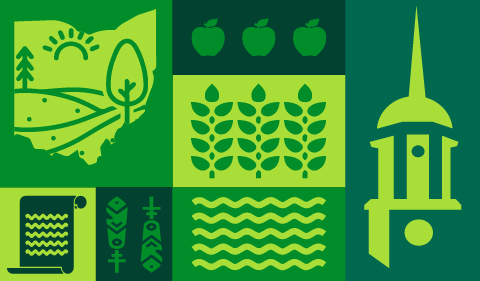
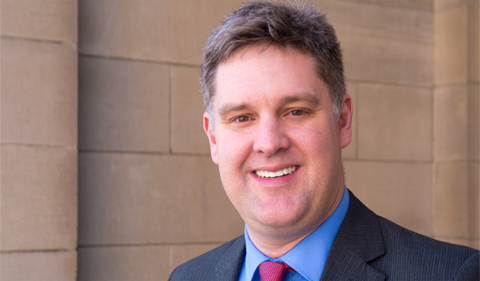
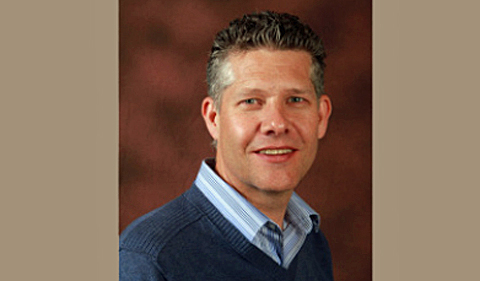
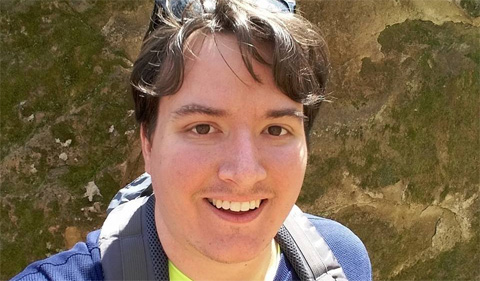
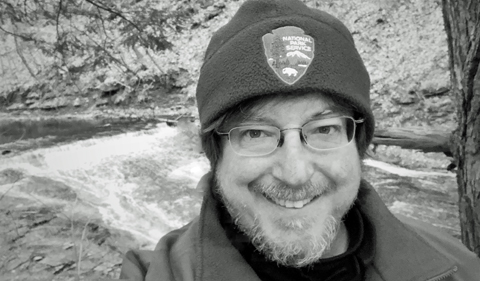

















Comments